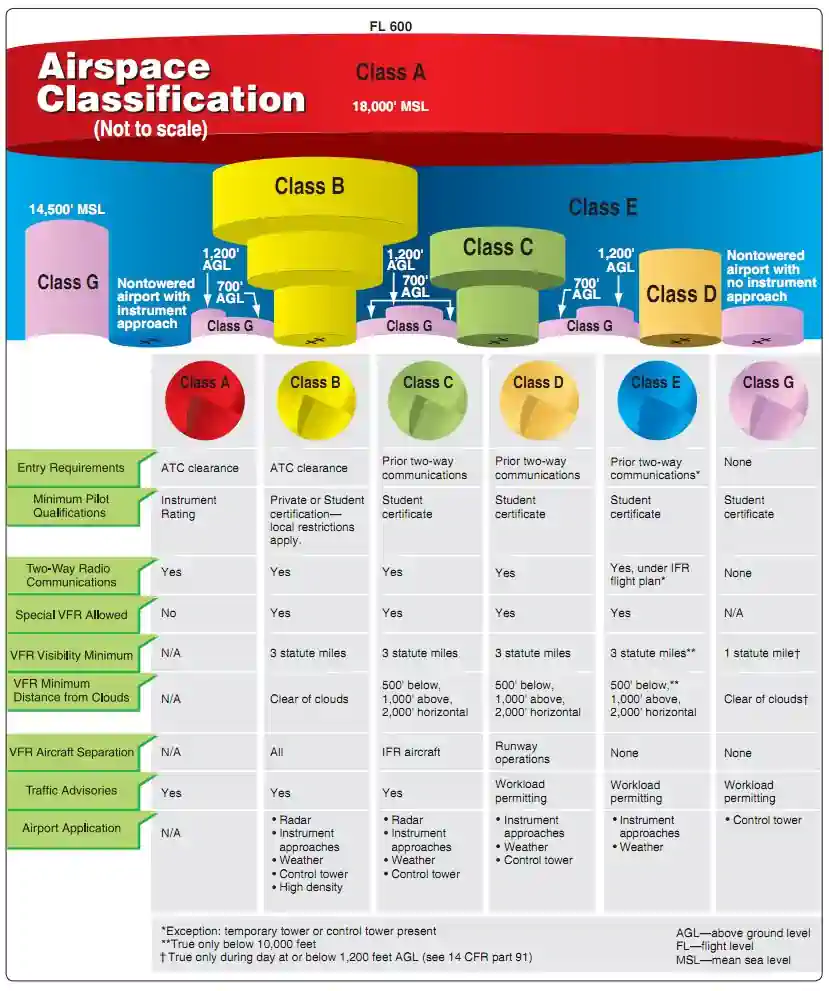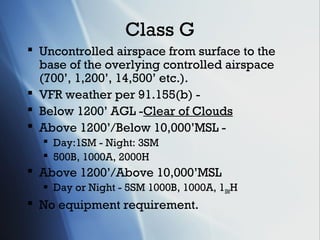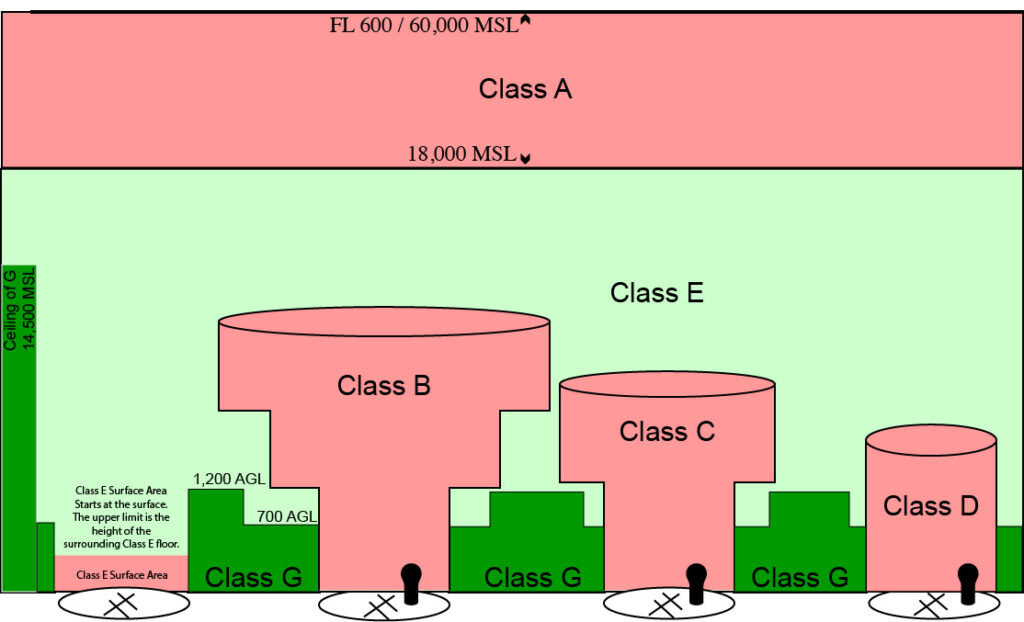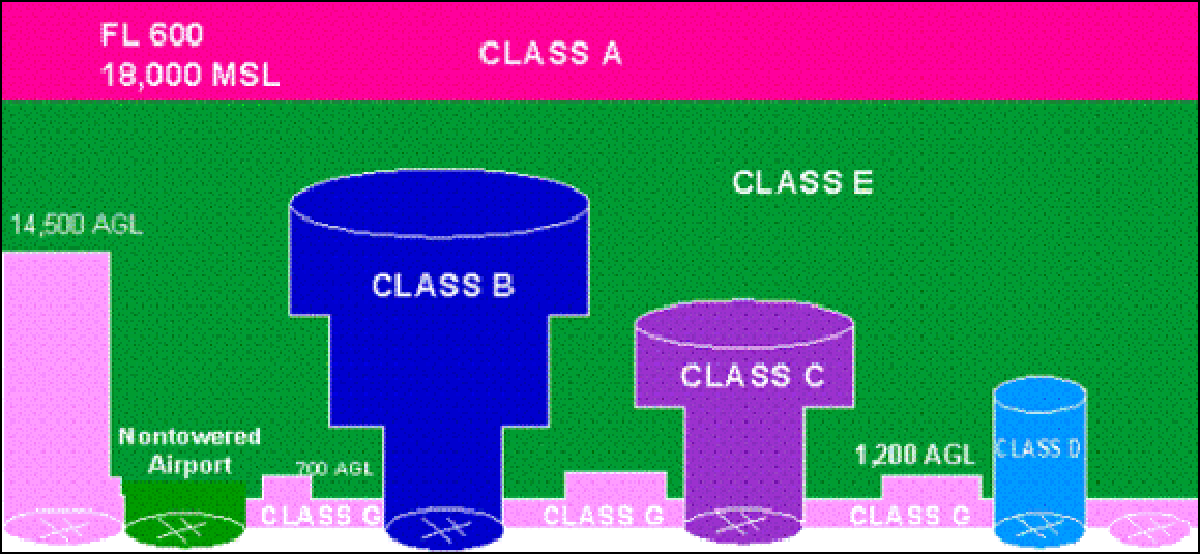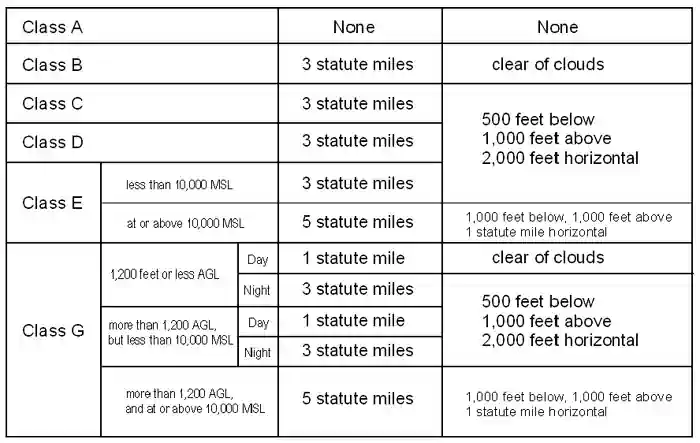class g airspace requirements
VFR Minimum Distance from Clouds Below 10000 MSL. Basic VFR Weather Minimums.
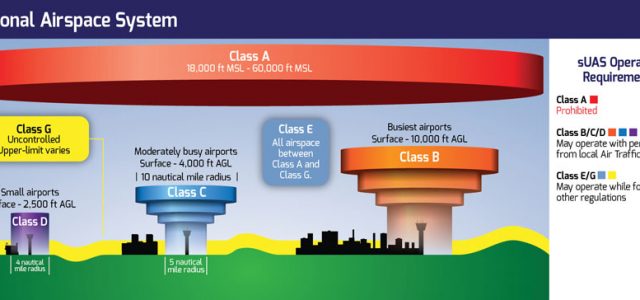
Drone Airspace Abcs Rotordrone
Under FAR 91135 deviations from the requirements of Class A can be issued by the ATC facility governing that section of airspace.

. All operations in Class A Class B Class C and Class D airspace or Class E airspace designated for an airport must receive prior. IFR and VFR flights are permitted and receive flight information service if requested. Class G airspace uncontrolled is that portion of airspace that has not been designated as Class A Class B Class C Class D or Class E airspace.
12 rows 3 Statute Miles. But to truly understand Class G airspace it helps to understand Class E airspace first. There are no entry or clearance requirements for class G airspace even for IFR operations.
In a Class E transition area the Class E floor drops down to 700 feet AGL. The Class G airspace starts at the surface and extends up to 700 AGL if the bordering Class E begins at 700 AGL. 1200 feet or less above the surface regardless of MSL altitude For aircraft other than helicopters.
10323 Flight visibility and cloud clearance requirements. Class D airspace is more restrictive than Class E or Class G airspace. Air Traffic Services Chapter 2 Section 26 The services provided and flight.
Class D airspace is usually a control zone for smaller airports or aerodromes that have a 5-nautical mile 93 km radius and a height of. And Class E is more restrictive than Class G airspace. Flight Rules Pilot Equipment Requirements.
Rules governing VFR flight. Generally from surface to 10000 feet mean sea level MSL including the airspace from portions of Class Bravo that extend beyond. Day - 1 Statute Mile.
Class G airspace is typically the airspace very near the ground 1200 feet or less beneath class E. Its worth noting that Class G doesnt include 700 AGL. If you want to start with that we have an article about Class E airspace here.
Class B Class C and Class D airspace or Class E airspace designated for an airport must receive prior ATC authorization as. Typically Class G airspace includes all of the airspace below 14500 ft. 10323 Flight visibility and cloud clearance requirements.
To request a deviation from the regulatory. 36 rows Class G. No person may operate an.
That is not otherwise designated Class B C or D airspace. Night - 3 Statute Miles. On a sectional map you can find these transition areas by looking for a broad magenta line that is.
Day except as provided in 91155b. August 22 2022 by Nicholas Williams.
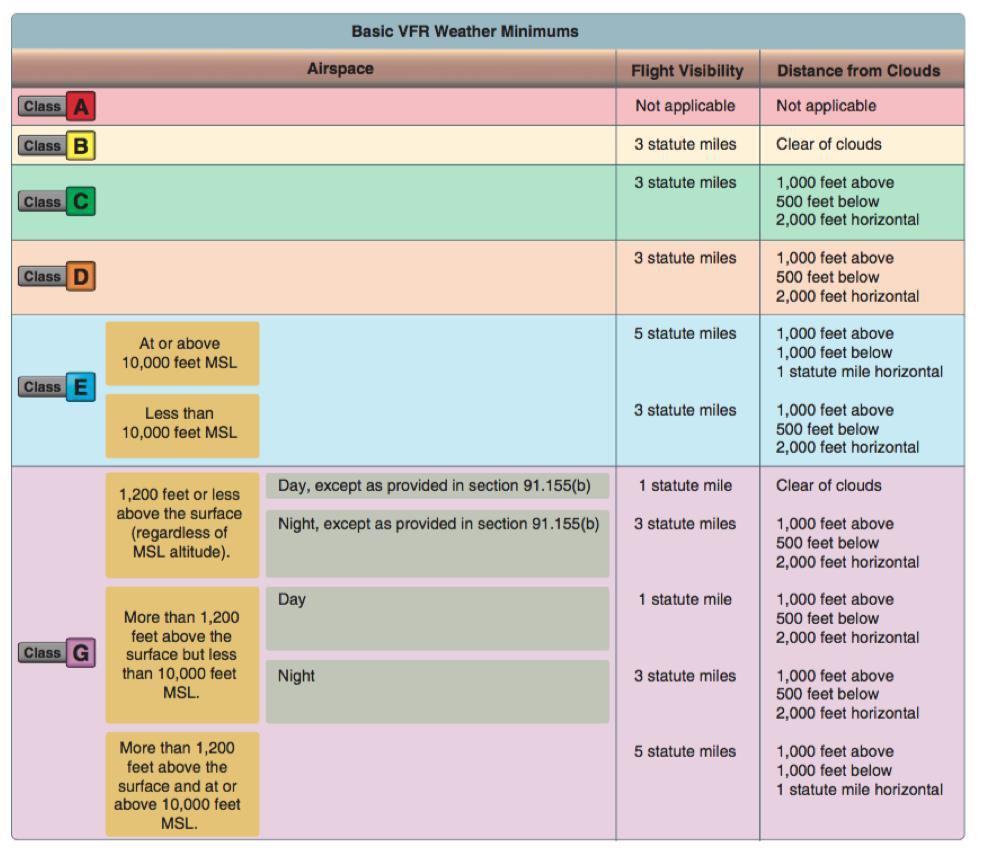
Airspace Operational Requirements Drone U
How To Remember Vfr Weather Minimums Bobbie Lind

Cpl Air Law Atc Chapters Ppt Video Online Download

Listing Of Applications By Airspace Requirements Download Table

Airspace Classes And Special Use Airspace Everything There Is To Know

Airspace 101 Rules Of The Sky Federal Aviation Administration

The Hidden Secrets Of Uk Airspace Airspace Classifications Nats Blog
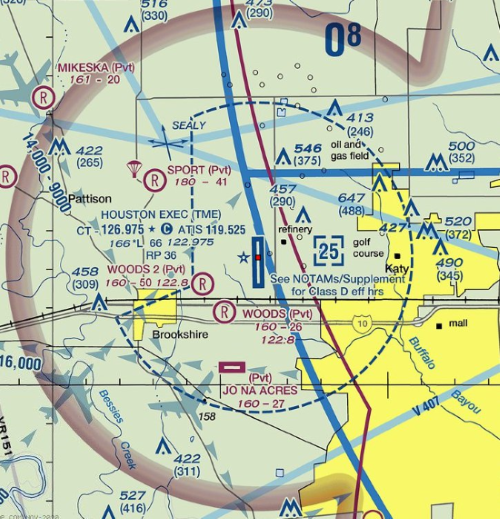
Class G Airspace Explained By A Commercial Pilot

Faa Airspace For Vfr Flight Youtube
Regulations Vfr Minimums Learn To Fly Blog Asa Aviation Supplies Academics Inc

Understanding Airspace Part 3 Classes Of Airspace Flykit Blog
